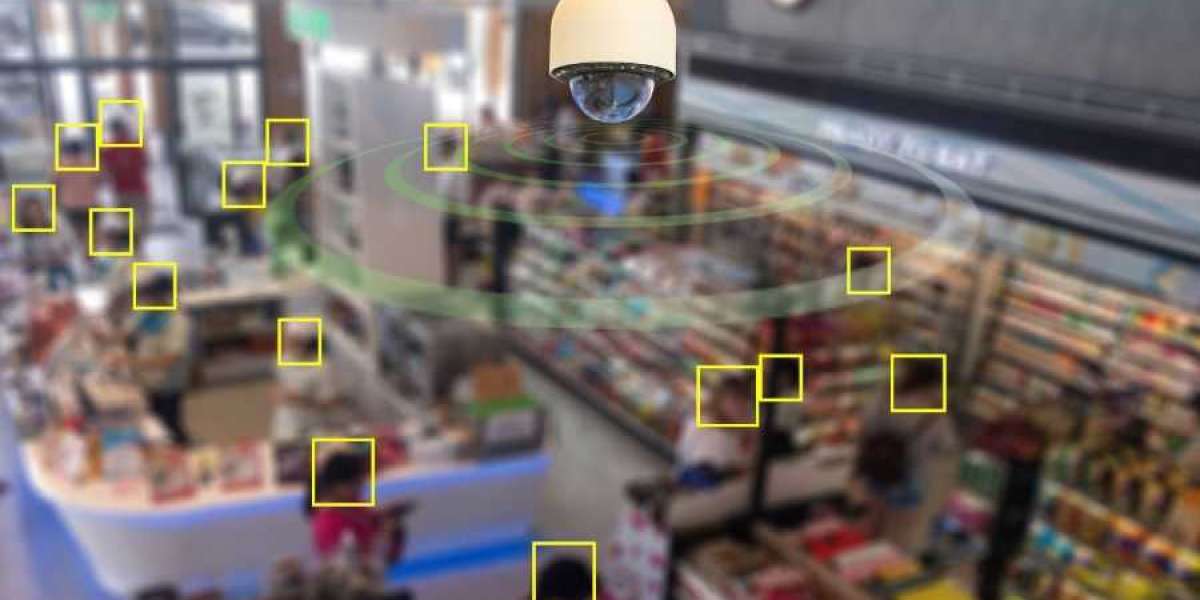In the competitive world of retail, understanding customer behavior is crucial for success. One of the most effective ways to gain insights into customer behavior is through people counting metrics. These metrics help retailers track foot traffic, optimize store layouts, and improve overall customer experience. Here are the essential people counting metrics every retailer should know.
Foot Traffic
Foot traffic is the foundational metric for any retail store. It measures the number of people who enter the store during a specific period. By analyzing foot traffic, retailers can identify peak shopping hours, understand seasonal trends, and allocate staff more efficiently. High foot traffic usually indicates strong interest in the store, but it doesn't necessarily translate to sales. Therefore, it's important to use foot traffic data in conjunction with other metrics to get a complete picture of store performance.
Conversion Rate
The conversion rate is a critical metric that compares the number of visitors to the number of actual purchasers. It is calculated by dividing the number of transactions by the total foot traffic. A high conversion rate indicates that the store is effectively turning visitors into customers. By monitoring this metric, retailers can assess the effectiveness of their sales strategies and make necessary adjustments to improve performance.
Dwell Time
Dwell time refers to the amount of time customers spend in the store. This metric provides insights into customer engagement and the effectiveness of store layouts and displays. Longer dwell times often suggest that customers are interested in the products and are having a positive shopping experience. Conversely, shorter dwell times may indicate that customers are not finding what they need or are dissatisfied with the store environment. By analyzing dwell time, retailers can identify areas for improvement and enhance the overall shopping experience.
Peak Hours
Identifying peak hours is essential for optimizing staff schedules and ensuring that the store is adequately staffed during busy times. Peak hours are the times of day when foot traffic is highest. By understanding these patterns, retailers can allocate resources more effectively, reduce wait times, and improve customer service. Additionally, knowing peak hours can help in planning marketing campaigns and promotions to maximize impact.
Customer Journey Mapping
Customer journey mapping involves tracking the paths customers take through the store. This metric provides valuable insights into customer behavior, such as which sections of the store are most visited and which are often overlooked. By understanding the customer journey, retailers can optimize store layouts, strategically place high-margin products, and create more engaging shopping experiences.
Repeat Visit Rate
The repeat visit rate measures the percentage of customers who return to the store within a certain period. A high repeat visit rate indicates strong customer loyalty and satisfaction. By tracking this metric, retailers can identify loyal customers and develop targeted marketing strategies to retain them. Additionally, analyzing repeat visit rates can help in assessing the effectiveness of loyalty programs and other retention efforts.
Queue Length and Wait Time
Queue length and wait time are critical metrics for evaluating customer service efficiency. Long queues and excessive wait times can lead to customer frustration and lost sales. By monitoring these metrics, retailers can make informed decisions about staffing levels, checkout processes, and queue management systems. Reducing wait times can significantly enhance the overall customer experience and increase customer satisfaction.
Outside Traffic
Outside traffic measures the number of people who pass by the store without entering. This metric provides insights into the store's visibility and appeal from the outside. High outside traffic but low foot traffic may indicate issues with window displays or exterior signage. By analyzing outside traffic, retailers can make improvements to attract more visitors and increase foot traffic.
Conclusion
People counting metrics are invaluable tools for retailers looking to optimize their operations and improve customer experience. By understanding and analyzing these metrics, retailers can make data-driven decisions that lead to increased sales, enhanced customer satisfaction, and long-term success. Whether it's tracking foot traffic, measuring conversion rates, or mapping customer journeys, these metrics provide the insights needed to thrive in the competitive retail landscape.








